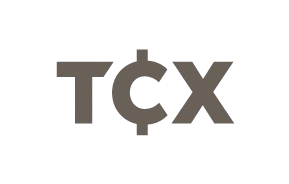A top central bank official in Bolivia confirmed reserves rose to USD 2.3 bln by end-March from USD 2.0 bln in January, largely driven by gold revaluation. Bolivia holds 22.53 tonnes of gold, equivalent to 96% of its total reserves. FX conditions remain fragile, with black-market USD premiums over 90% and widespread fuel shortages. Bank fees for outbound transfers reportedly hit 130%. There is still no confirmation on gold-backed borrowing plans.
